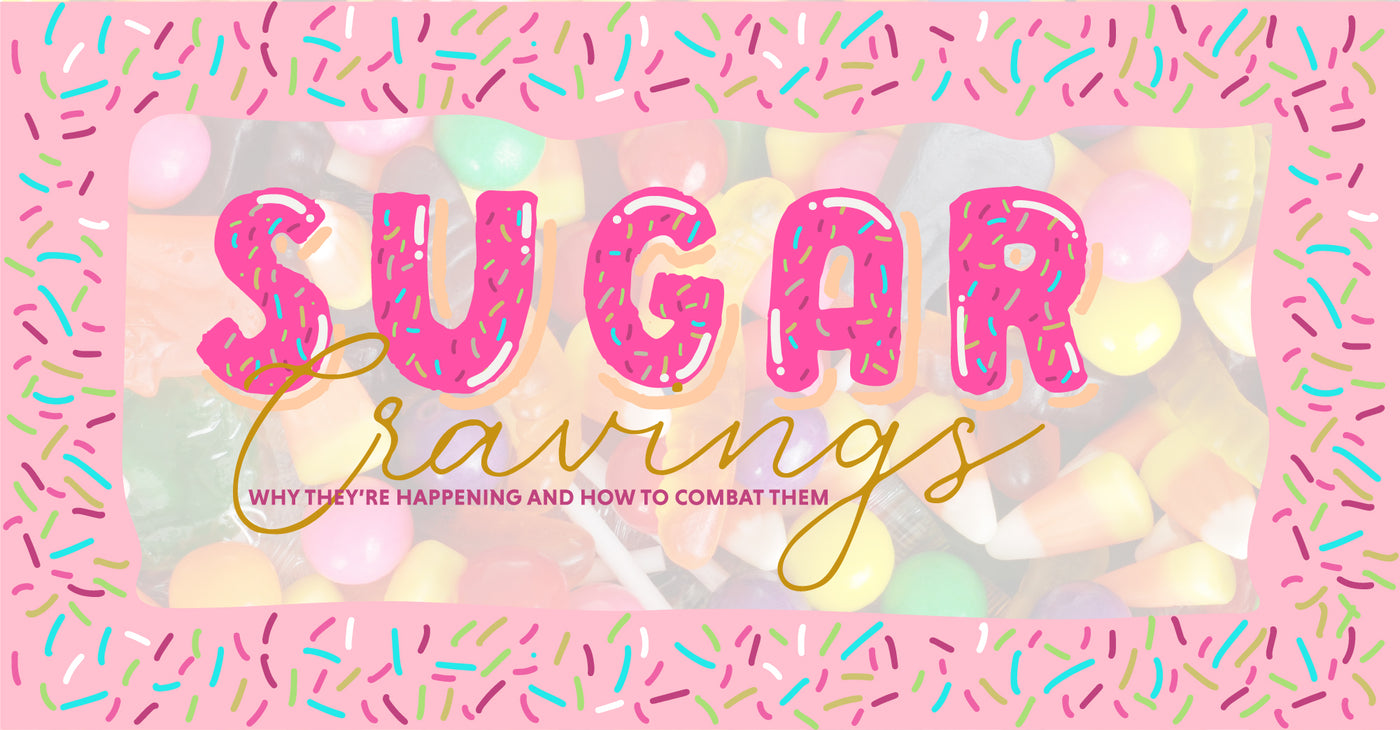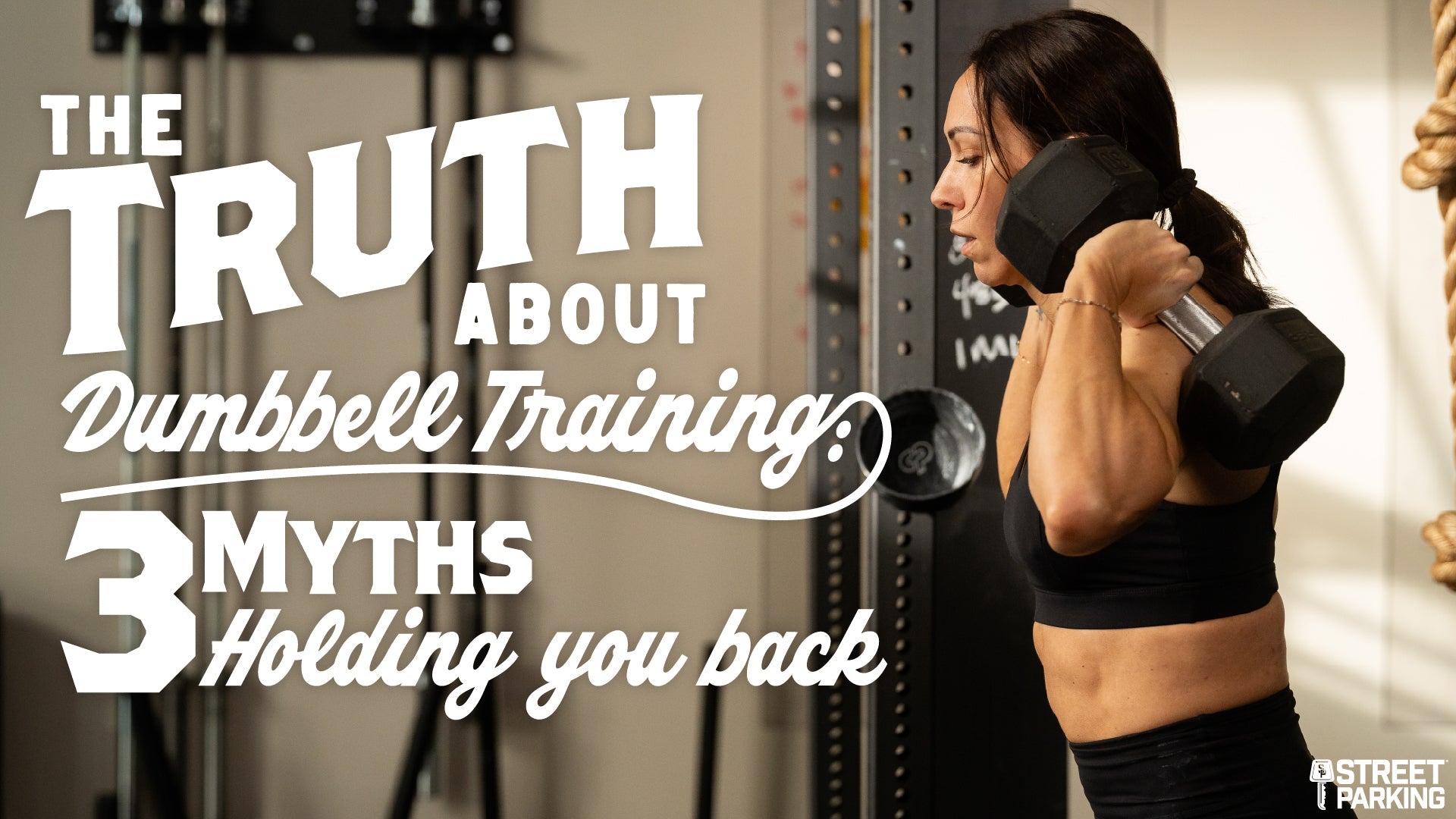
Have you ever noticed that when certain factors change - such as the season transitioning from Fall to Winter, or when you’re having a bad day and feeling down - you start to crave more carbs, sugars, and higher calorie foods?
Interestingly enough, there are a few reasons for this.
Survival
Years ago - for most of us, long before we were born - humans had to move during the Winter in order to survive. Whether that was chopping wood for our fires, hunting for food, or walking several miles, we were constantly moving. To accommodate and prepare for that movement, our bodies were designed to crave more sugar, simple carbs, and higher calorie foods.
In today’s society the majority of us are buying firewood from Home Depot, picking up our meats from the grocery store, and using our cars as transportation. We don’t “need” that extra fuel in order to survive the way we once did, BUT our bodies are still operating as if we do.
Mood Shifts
In addition to our bodies operating with survival in mind, they also react to different types of foods depending on our mood.
When we feel down/sad - which tends to naturally happen during the Winter season when there is less sun or outdoor time - we tend to crave sugar and simple carbs.
Why does this happen?

Inside of our brains, there are neurotransmitters (such as serotonin) that are sending out signals to fill any gaps they find. Simple carbs and sugars assist with serotonin production in the brain, which can help us combat that down/sad feeling - at least temporarily.
Additionally, on an emotional level, we have trained our brains to associate sugary foods such as birthday cake as a positive experience, so when we’re feeling down, the food cravings that follow are not only a physical one, but an emotional one.
What’s the problem?
The problem with giving into those natural cravings is that while it is true that they temporarily make us feel better due to the increase in serotonin, that temporary increase is met with a hard crash afterwards that creates a vicious, unhealthy cycle long term.
Initially, we ate the foods we were craving to get rid of that down/sad feeling - which worked temporarily - but unfortunately, the more sugar we eat on a consistent basis, the more likely it is for us to become depressed. Additionally, sugar causes our bodies to become inflamed, which is also a precursor for depression. So that temporary “fix” that helps us feel better in the short term is simultaneously creating a long term problem.
What’s the solution?
- Education: So many of us have been going through life naturally giving into our cravings as the seasons/our moods change, not even knowing that the cravings we’re giving into are actually making things worse for us in the long run. Educating ourselves on the natural connections we experience between food and mood, and gaining an understanding for how our bodies respond to food is a great step in the right direction
- Utilize Strategies:
- One of the simplest ways to combat certain cravings as our moods fluctuate is to eat a balanced amount of proteins, vegetables, and healthy fats on a regular basis. When we do this, it helps regulate our serotonin levels, decreasing the random craving spikes
- Move our bodies. Even if we just move our body for 10 minutes a day, it can help regulate our brain chemicals. Bi-lateral movement (using both sides of our body such as walking and running) assists our brain in effectively combating stress, sadness, and anxiety. Street Parking has a series of free bodyweight workouts on our Youtube channel for you to utilize. You can find those workouts here.
All in all, the human body is an incredibly intricate machine and it’s crucial that over time, we continue to educate ourselves on how it functions so that we can recognize what’s happening in real time, followed by building up strategies that help us respond to our body and brain with alternative solutions to fulfill their requests, only in a manner that benefits us with the long game in mind.
The writing of this blog was in collaboration with Rachel Young, a Licensed Clinical Social Worker in Ohio. She is utilizing training information from various sources.


